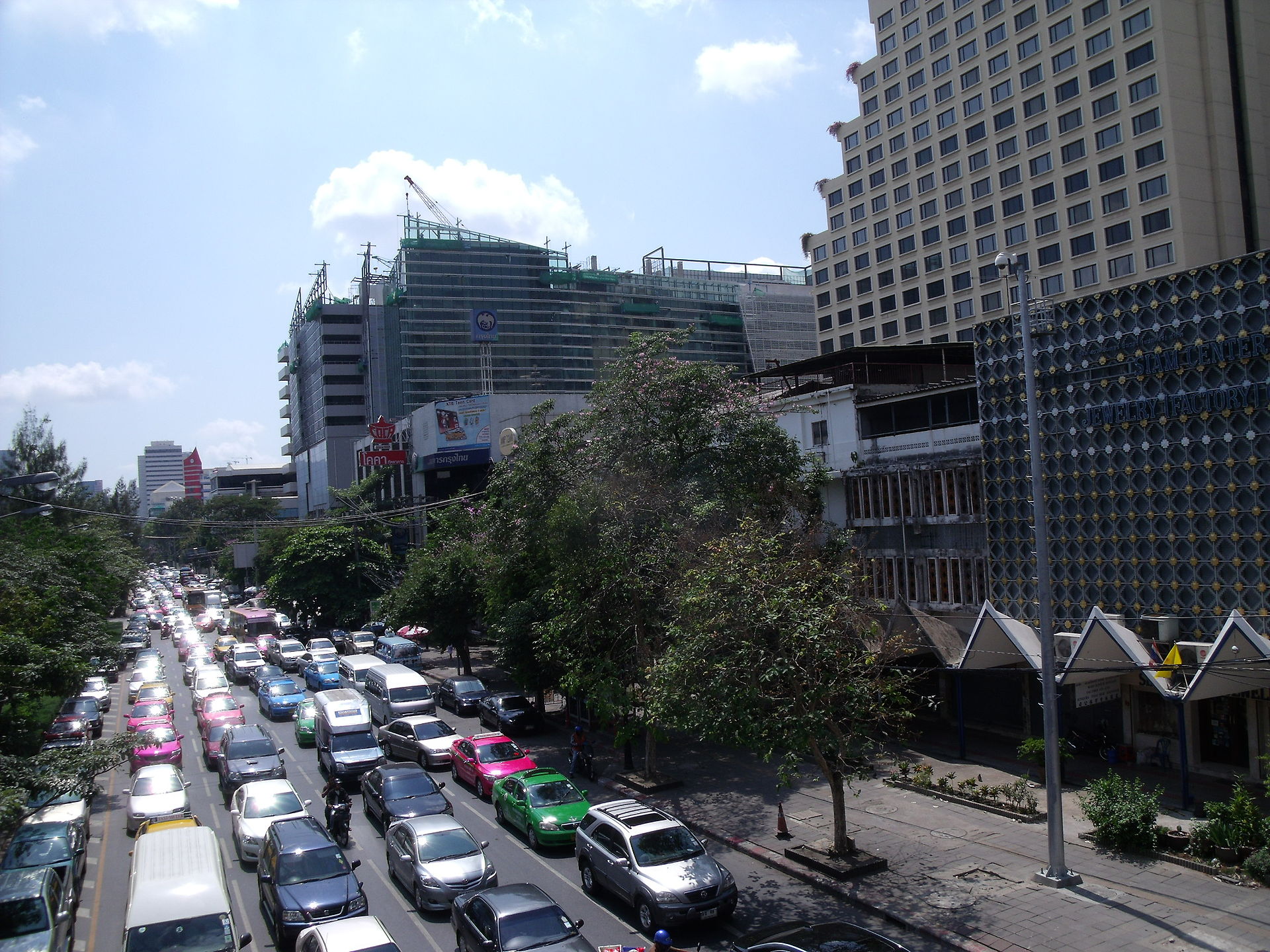CTV Toronto @CTVToronto
#Toronto voters see downtown relief line as top transit priority: poll #TOpoli
http://toronto.ctvnews.ca/toronto-v...f-line-as-top-transit-priority-poll-1.1782882
The poll, which was conducted on April 14 and surveyed 882 Toronto voters, found that 48 per cent of respondents believe the DRL is the most important transit project in Toronto, while 27 per cent said the Scarborough subway is top priority.
If approved, the proposed DLR line would run east-west through downtown Toronto, bending north toward the Bloor-Danforth subway line. Planners say the line would help ease congestion on the TTC, particularly at the Bloor-Yonge station.
Metrolink has supported a version of the proposal, which could cost up to $6 billion to complete.
According to the poll, the DRL was favoured most highly by residents in the downtown area (63%), the regions of Etobicoke and York (57%) and among John Tory supporters (64%).
Meanwhile, the Scarborough subway was favoured by 63 per cent of Scarborough residents and about half of Rob Ford supporters (48%).
...
Lorne Bozinoff, Forum Research president, said the DRL is a key issue that may sway voters in the upcoming election.
“There is obviously a lot of support out there across the city for a mayoral candidate who puts the DRL on the front burner, and risks the heat from Scarborough,” Bozinoff said in a statement.
“While residents of that community see their subway as their entitlement, the rest of the city know the Yonge line needs to be relieved of crowding,” he added.
...
more at source
